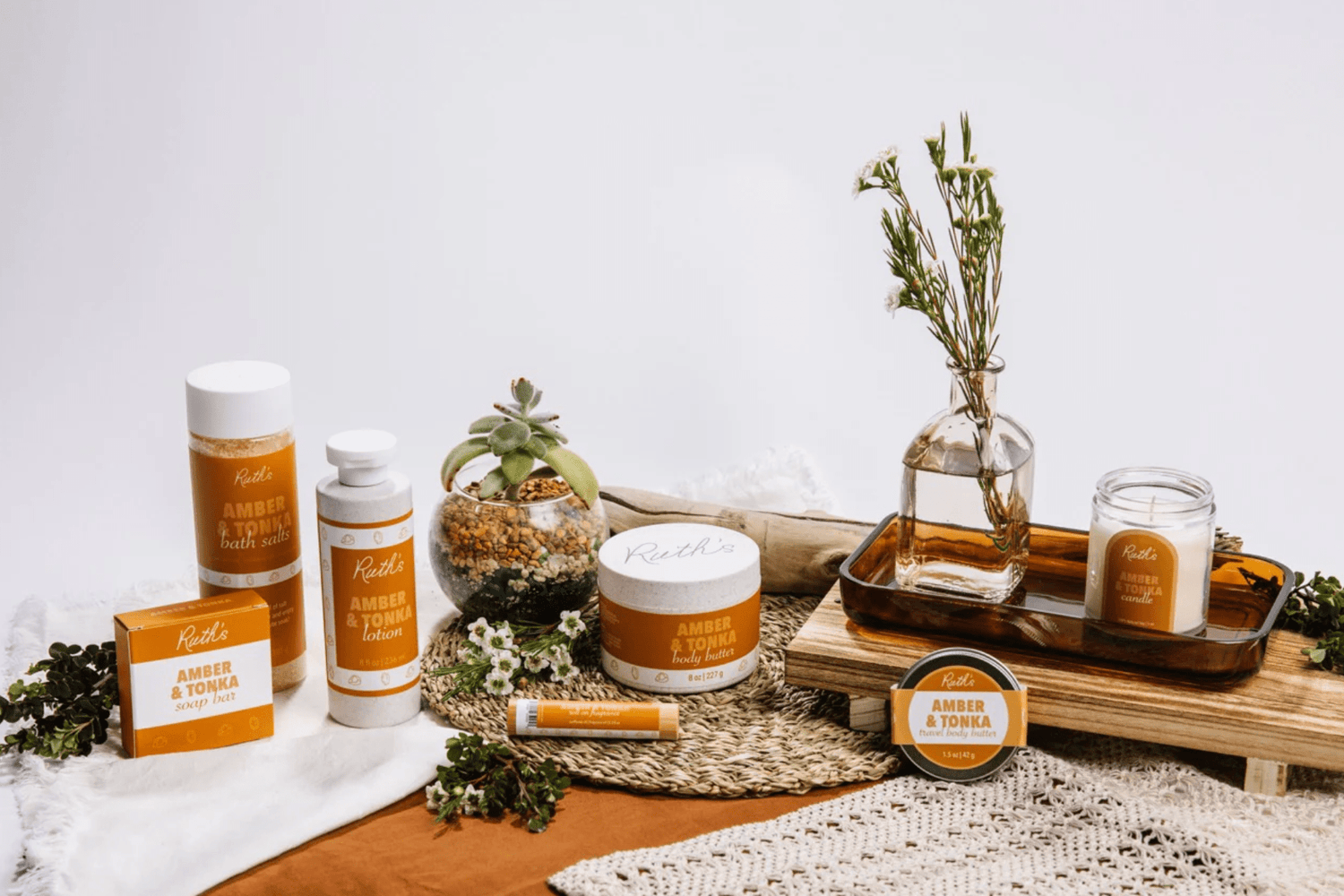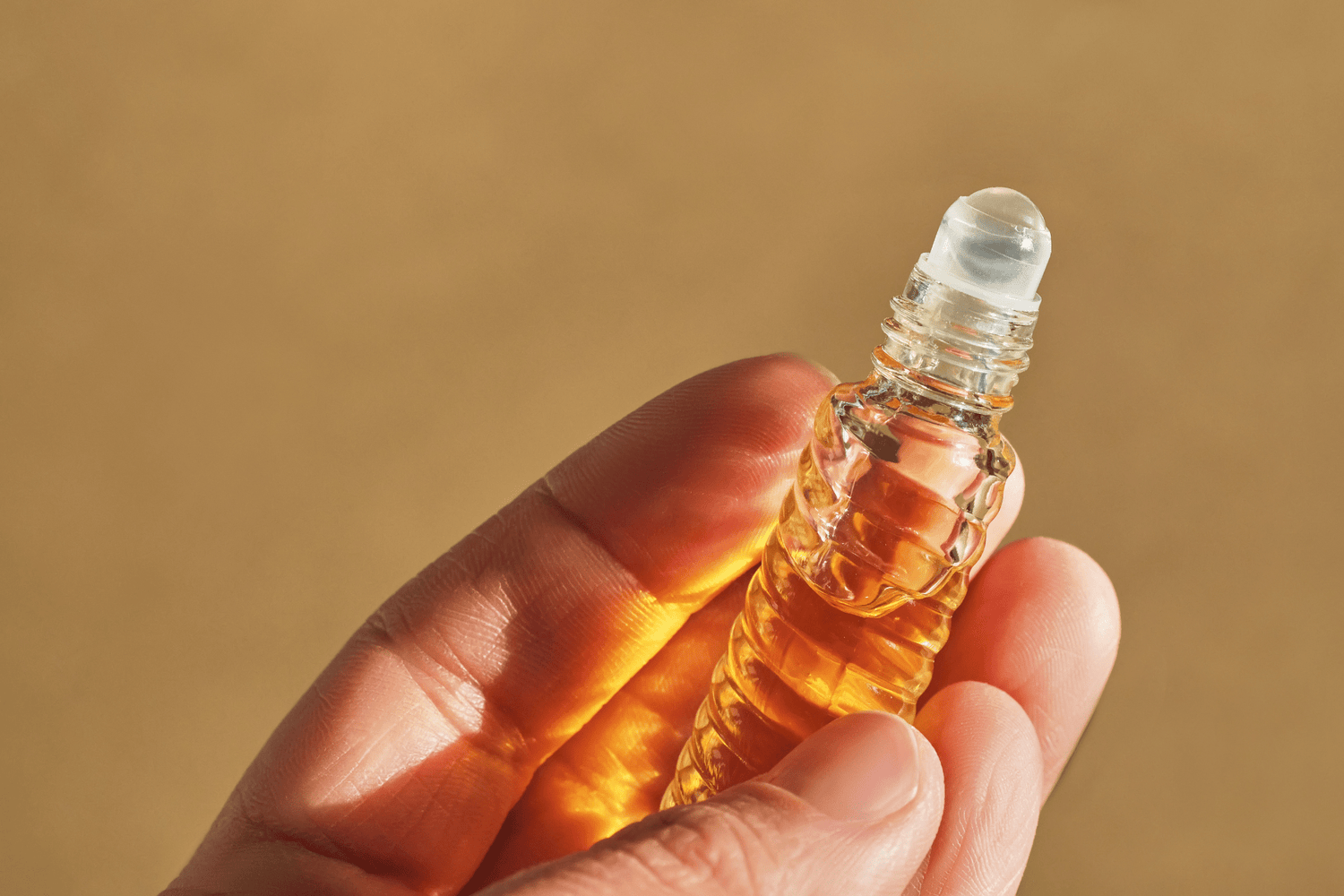Candle making is supposed to be a relaxing hobby. So, if candle sinkholes are turning your pensive pastime into a major frustration, this guide is for you. Candle sinkholes affect the candle's aesthetic appeal, burning quality, and overall integrity.
Whether you're a beginner starting your candle-making journey or a seasoned artisan seeking to refine your craft, this guide will help you level your candle-making skills from good to great.
What Is A Candle Sinkhole?
A candle sinkhole is a small, cone-shaped indentation or air pocket cavity that forms in the wax, typically near the candle wick or at the top surface of a candle. Candles sinking around the wick can range from barely noticeable to significantly large.
Maybe you're thinking, "I have a few sinkholes in my candles—so what? They're for me, by me, and I don't mind them!" The burning experience just isn't the same when your candles are riddled with sinkholes. Here's why:
- Sinkholes can lead to an uneven burning surface.
- Sinkholes may cause candle tunneling (burning down the center and leaving unmelted wax along the sides).
- A sinkhole around the candle wick can cause the wick to shift or lean.
- Leans can lead to an uneven flame, sooting, and potentially even a candle safety hazard.
- For scented candles, sinkholes can affect the distribution of fragrance oils.
- Sinkholes can detract from the visual appeal of your candles.
Homemade Candles & Candle Sinkholes
Homemade candles are particularly susceptible to sinkholes for a variety of reasons. Understanding these can help candle makers take preventive measures to ensure a smoother, more professional finish.

Although amateur candle makers may encounter them more often, professionals in the candle industry must contend with sinkholes every now and then, too. They're a real bummer—a sinkhole can lead to uneven burning and significantly shorten a candle's lifespan.
Why Do Candle Sinkholes Occur?
The formation of sinkholes in candles is primarily a result of the natural physical properties of wax and the candle-making process itself. Here's a closer look at the factors contributing to their occurrence.
- Pillar candles - These are more prone to sinkholes due to their size and shape. Using relief holes and a second pour can be particularly effective in preventing sinkholes in pillar candles.
- Scented candles - The addition of fragrance oils can alter the cooling process of the wax. Adjusting the pouring temperature and cooling environment accordingly is important to prevent sinkholes.
- Votive candles - These smaller candles cool quickly, which can be both a blessing and a curse. Quick cooling can prevent sinkholes, but it can also lead to uneven cooling if not monitored.
Wax contraction
As wax cools and solidifies, it tends to contract. This contraction is not always uniform, leading to the creation of voids or gaps in the wax. These gaps are most noticeable at the top of the candle, where the wax solidifies last and often around the wick.
Uneven cooling
The rate at which different parts of the candle cool can vary. The outer edges of the candle tend to solidify faster than the center. This uneven cooling can cause the center to collapse slightly, forming a sinkhole.
Air bubbles
During the pouring process, air can become trapped in the wax. As the wax cools and these air bubbles rise to the surface, they can leave small cavities or sinkholes behind.
Pouring temperature
The temperature at which the wax is poured can also play a role. If the wax is too hot, it may take longer to solidify, increasing the likelihood of sinkholes. Conversely, wax that is too cool may not flow evenly, leading to gaps and uneven surfaces.
Wick placement
The placement and type of wick can influence how the type of wax you use cools and solidifies around it. An improperly centered wick or one that is too large or small for the candle size can contribute to sinkhole formation.

How To Prevent Sinkholes In Candles
So, how do you prevent your precious candle creations from contracting sinkholes? Here are a few pro tips. Make sure you have a heat gun or hairdryer on hand, extra wax, something to poke holes with, and a controlled cooling environment. (No heat gun on hand?)
Relief holes
One effective method to combat sinkholes is the use of relief holes. After the initial pour and cooling, candle makers can poke small holes around the wick. These holes allow the trapped air to escape and provide space for additional candle wax to fill any gaps during a second pour.
Pour temperature
The temperature at which wax is poured is crucial in sinkhole formation. Pouring wax that is too hot can cause it to cool too quickly on the outside while remaining liquid inside, leading to a collapse and creating a candle with sinkholes.
On the other hand, candle waxes that are too cool may not fill the mold or candle container completely, leaving gaps. Finding the optimal pouring temperature, which varies depending on the type of wax and the size of the finished candle, is vital to minimizing sinkholes.
Candle container size and type
The type of container (glass, metal, ceramic) can influence how the wax cools and, consequently, the formation of sinkholes. For instance, metal containers may cool the wax too quickly, while glass provides more consistent cooling.
For beginners, starting with standard-shaped containers like simple cylinders is advisable. As you gain experience, you can experiment with different materials and shapes, adjusting your technique accordingly.
PRO TIP: Gently preheating the containers before pouring the wax can reduce the temperature gradient between the hot wax and the container, leading to more uniform cooling.
Check out more pro candle making tips and tricks.
Proper wick sizing
Choosing the correct wick size for your candle is essential. An oversized wick can create too much heat in the center, leading to uneven melt pools, while a wick that is too small may not generate enough heat, causing candle tunneling. Both scenarios can contribute to sinkhole formation.
Controlled cooling environments
The environment in which the candle cools can also impact sinkhole formation. Avoid drafts, temperature fluctuations, and direct sunlight. A stable, cooler temperature environment ensures uniform cooling.
How To Fix Candle Sinkholes
Even with the best practices, sinkholes can still occur in candle making. Fortunately, there are effective ways to remedy them, ensuring that the final product meets your quality standards.
Here's a step-by-step guide on fixing sinkholes in freshly made and cooled candles.
Fixing sinkholes in freshly made candles:
Step 1 - Identify the sinkhole early.
As your candle cools, keep an eye out for any indentations or sinkholes forming near the wick or on the surface.
Step 2 - Prepare additional wax.
If you notice a sinkhole forming, melt some additional wax. The type of wax should be the same type as your candle and heated to the same temperature as your initial pour.
Step 3 - Pour the wax.
Once the sinkhole is fully formed and the candle is cool, gently pour the melted wax into the sinkhole, filling it up to the original level. Be careful not to overfill or disturb the set wax around the edges.
Step 4 - Allow to cool again.
Let the candle cool and solidify completely. This second cooling should be done in the same controlled environment as the first to ensure even setting.
Fixing sinkholes in cooled candles:
Step 1 - Heat the surface.
If your candle has completely cooled and you discover a sinkhole, you can use a heat gun or a hairdryer on a low setting to gently heat the surface of the candle, especially around the sinkhole area.
Step 2 - Fill the sinkhole.
Once the surface is slightly melted, pour the same type of melted wax into the sinkhole. Ensure the wax is not too hot to prevent melting the surrounding areas excessively.
Step 3 - Smooth the surface.
After filling the sinkhole, you can gently smooth the surface with a spatula or similar tool. Be cautious not to apply too much pressure.
Step 4 - Final cooling.
Allow the candle to cool and solidify once more. This final cooling ensures the added wax integrates seamlessly with the original candle.
Tips for Salvaging Candles with Sinkholes
- Consistency is key - Use the same wax as the original candle to ensure consistency in burn time and appearance.
- Temperature control - Pay attention to the temperature of the additional wax. It should be similar to the original pouring temperature to prevent further issues.
- Patience pays off - Allow ample time for the candle to cool and set after each intervention. Rushing this process can lead to more imperfections.
- Gentle heating - When using a heat gun or hairdryer, keep the tool moving and avoid overheating any area, as this can cause the wax to warp or create new sinkholes.

Candle Making Made Easy: DIY Sand Candle Kits
Our DIY sand candle-making kit is perfect for beginners and experienced candlemakers—and it comes with all the essentials you need to create your own beautiful sand candles.
The sand candle making process is a great way to experiment with different shapes and textures. It's an ideal activity for family craft nights, date nights, or even as a relaxing solo project. Our kit includes step-by-step instructions, making it easy for anyone to get started.
Get our popular sand candle making kit today and start crafting candles that are as unique as you are.




